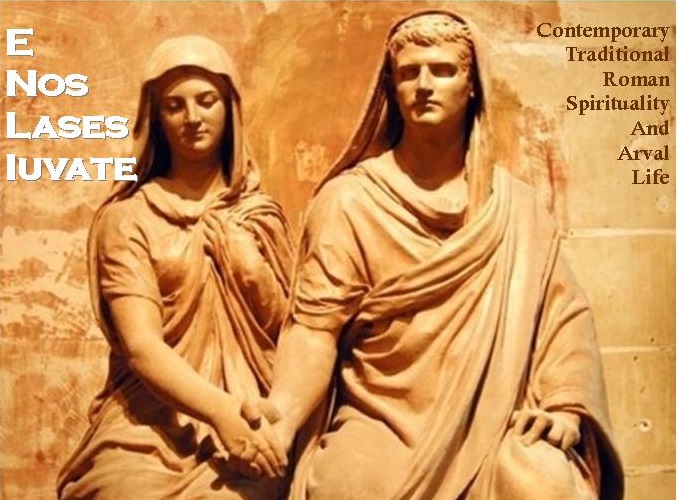In the Traditional Roman Religion, trees are not "things" or "objects" but important Divine expressions. A knowledge about the meaning and symbology of the sacred trees is a critical tool not only to better understand the Via Romana but also to see the world around us under a different and new sight giving back to Nature its importance and role.
Sacred Trees must be considered with respect and attention necessary to peceive the Divine Breath: just thinking about the Oak, the Olive Tree or the Pine as critical expressions of important Gods/Goddesses.
We are now in April and this month is highly biased around the Dies Natalis Romae: in the same time April and Spring are strongly connected to Flora, Maia and Pomona. For this reason I would like to make some brief considerations about a sacred tree playing a peculiar role within the Traditional Roman Religion: the Fig Tree
In Ancient Rome there were many highly venerated (Venerare-Venus-April...) sacred fig trees such as the fig tree situated in front of the Temple of Saturn. Another important sacred fig tree was situated in the Comitium (Ficus Romularis) in the place where "flashes were buried" according to an Etruscan rite. Thus the Fig Tree can avert and move the flashes away. For this reason it is considered an "Arbor Felix".
But the main sacred aspect of this tree is connected to the fact that a Fig Tree fed, together with the She-Wolf and the Woodpecker, Romolus and Remus. Consequently the fig tree is a sacred to Mars and symbolizing Mars himself.
The Fig Tree is thus named Ruminalis (rumis=breast - Rumina=Sacralization and Goddess of Nursing). The Fig Tree is therefore a sacred symbol of Feeding.
Moreover, it is an oracolar tree and its presence require always some type of interpretation. The Arvales for example had to make great expiations if a Fig Tree accidentally appeared inside the Temple of Dia because this tree is also linked to Priapus-Dyonisus.(The Excess)
It's important to remind also that in Ancient Rome "freaks" were burnt at the stake made of wood of Fig Tree...

Nessun commento:
Posta un commento